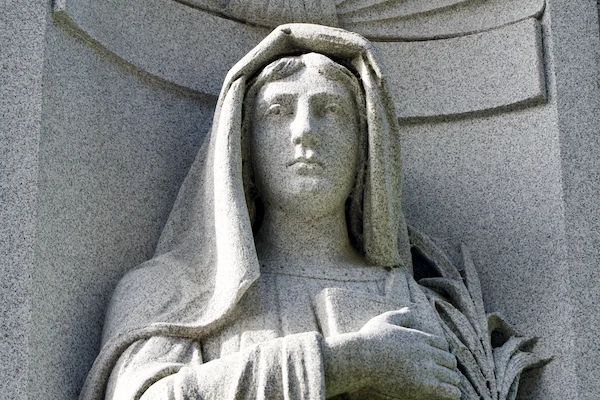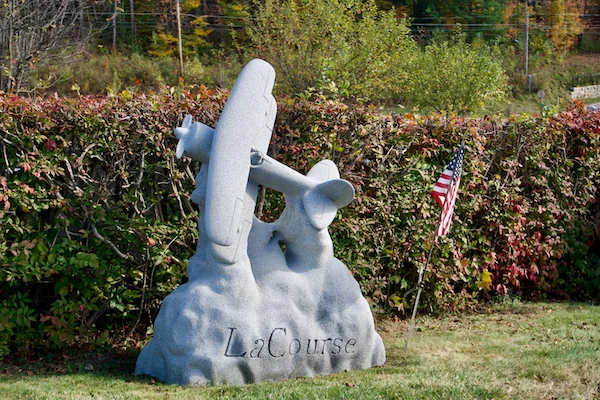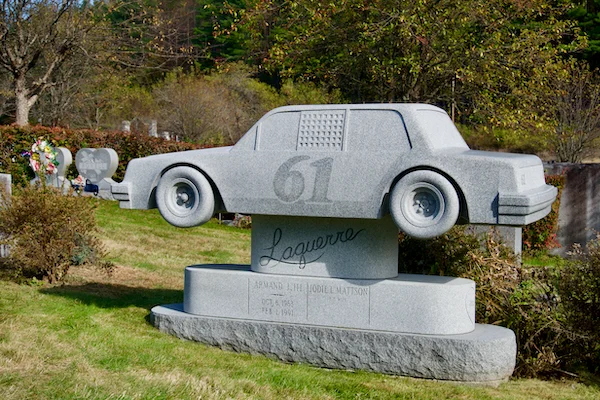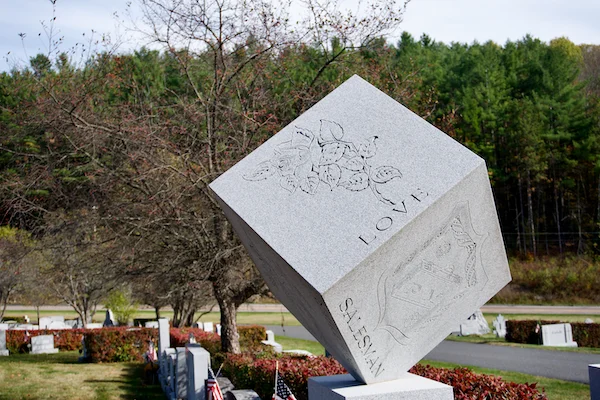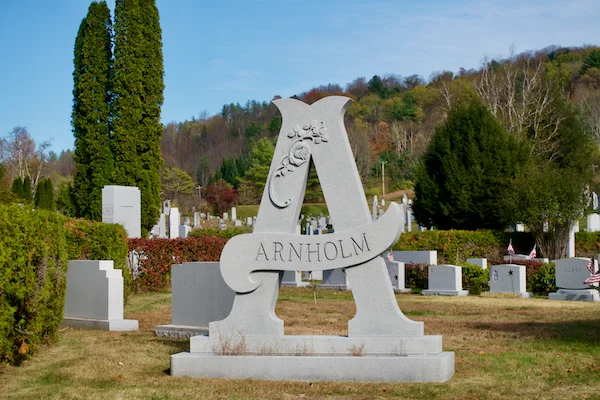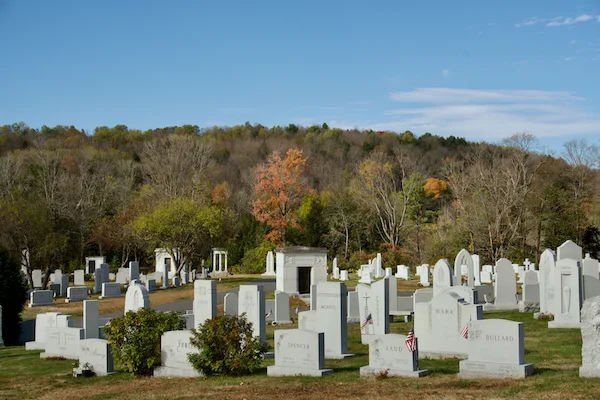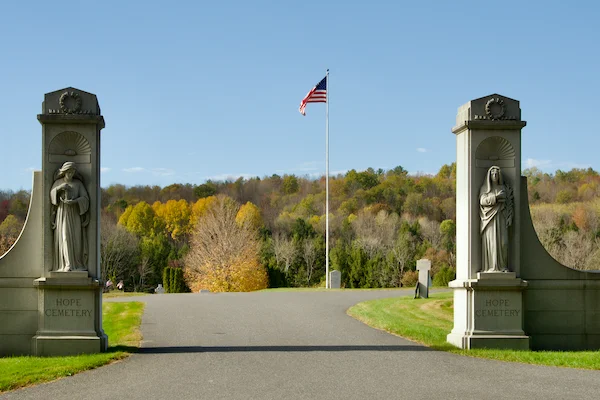Montpelier’s Heritage
One City, One Syrup, One Sculpture at a Time
October 2025
Montpelier, VT, The City of Bridges
- October 12, 2025
- 2.20 mi
- 0:55:45 hrs
- 57 °F
Today, we enjoyed a much slower pace by first driving 1.5 hours via the scenic route through the Green Mountains before arriving in Vermont’s capital. The city is also nicknamed “The City of Bridges”. At the confluence of the Winooski River and its North Branch, it has at least 26 bridges within its city limits. The bridges are also a metaphor for Montpelier’s resilience and community spirit, connecting people and driving economic recovery.
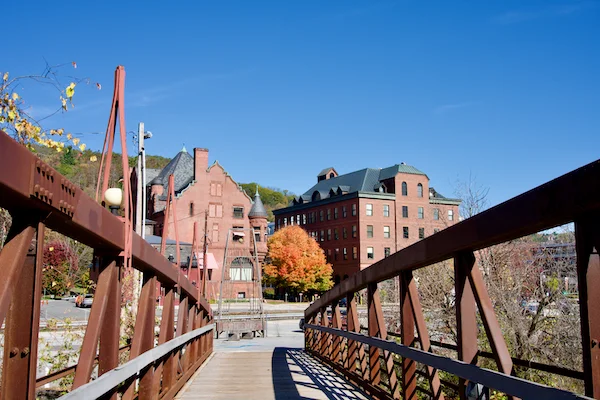
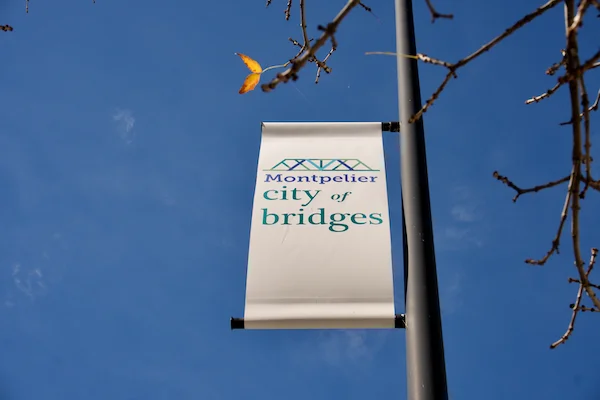
Discovering the Heart of Montpelier
We started our visit again at the majestic Vermont State House. This state capitol is one of America’s oldest and best-preserved state capitol buildings. On top of the shining golden dome, Ceres, the Roman goddess of agriculture, watches out over the city; she represents Vermont’s deep connection to its land and farming heritage. After we walked around the colorful grounds, we went on our way to Montpelier’s historic downtown.
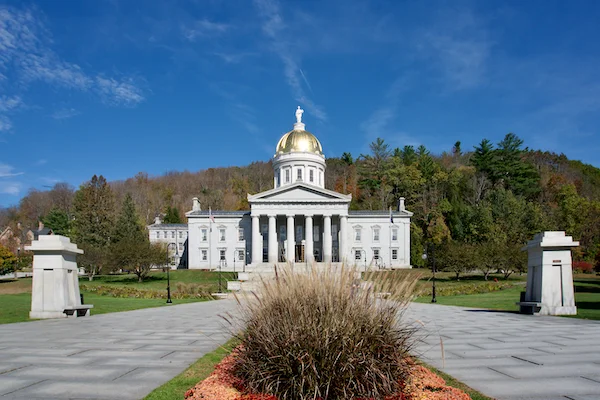
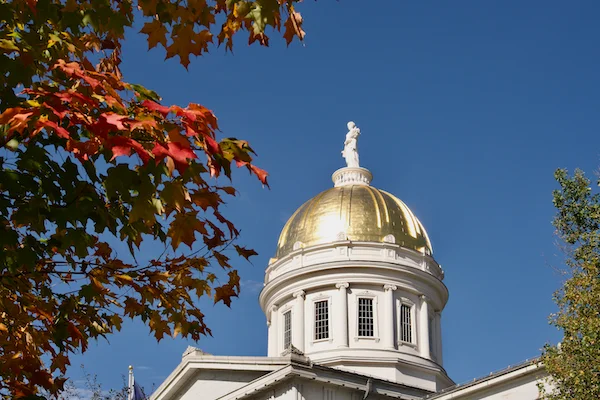
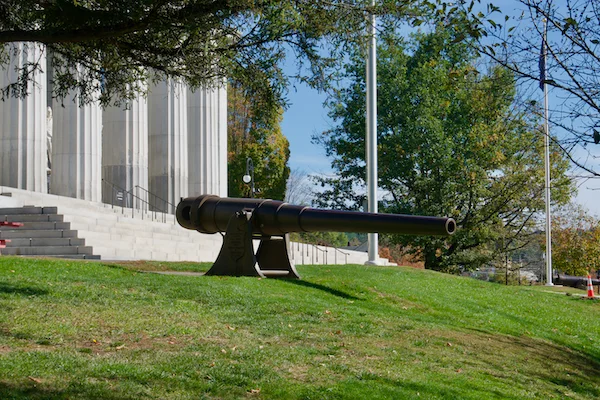
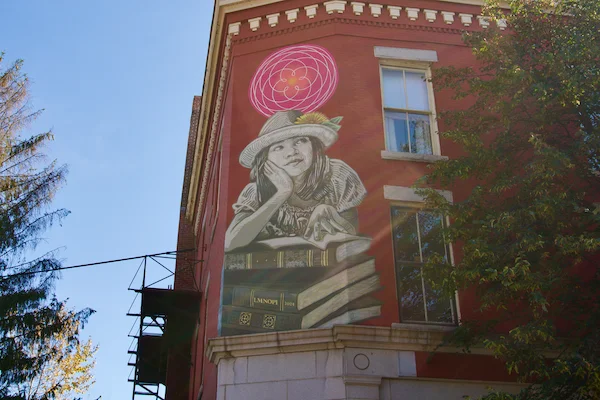
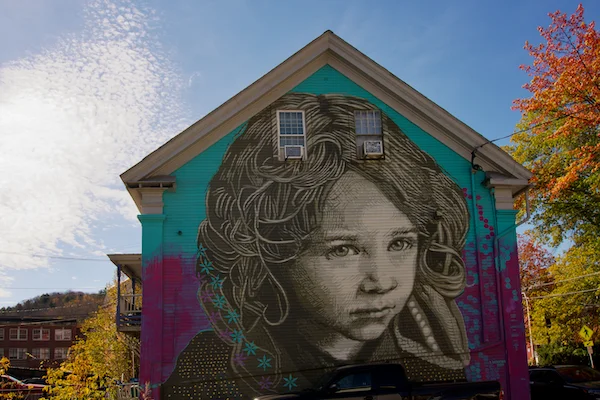
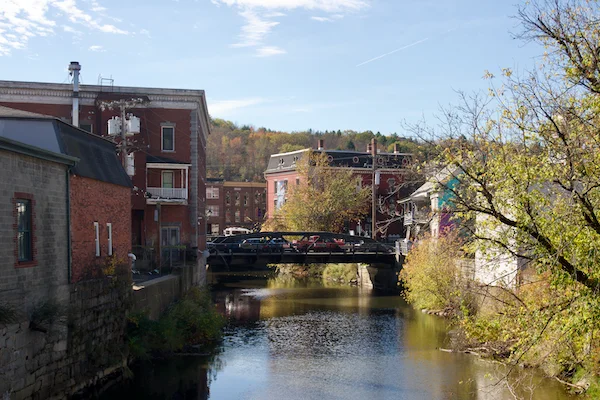
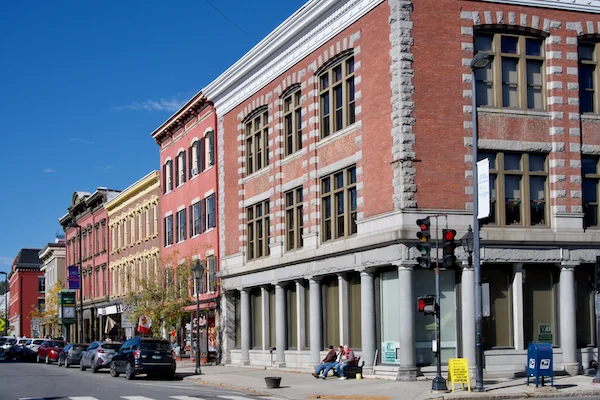
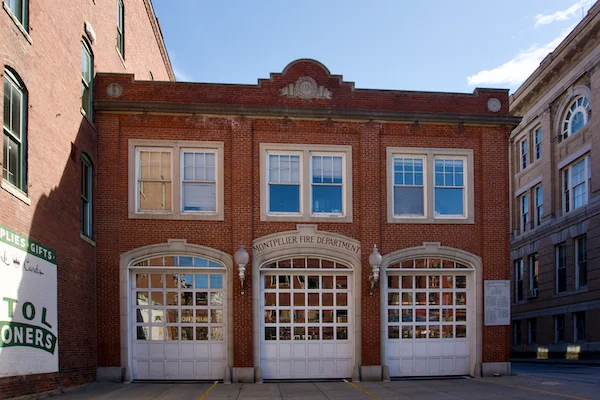
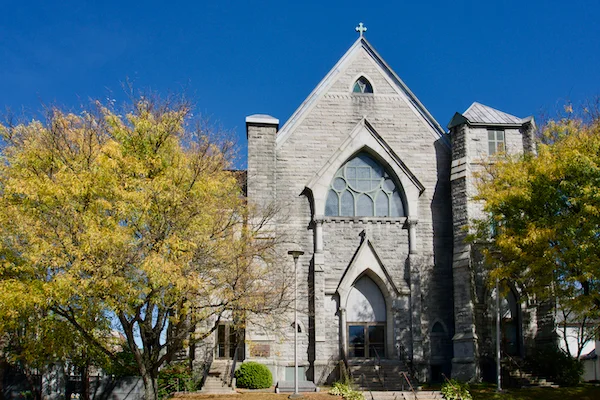
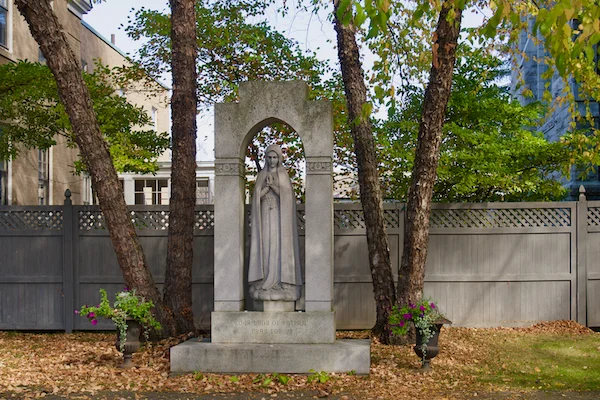
Liquid Gold in Vermont
- October 12, 2025
- 0.36 mi
- 10:15 min
- 63 °F
We learned a bit about the maple syrup-making process. In the Spring, a tap is placed into the sugar maple trunk to collect its sap through a system of tubes. In a sugarhouse, it’s boiled slowly, turning 40 gallons of sap into one gallon of golden syrup!
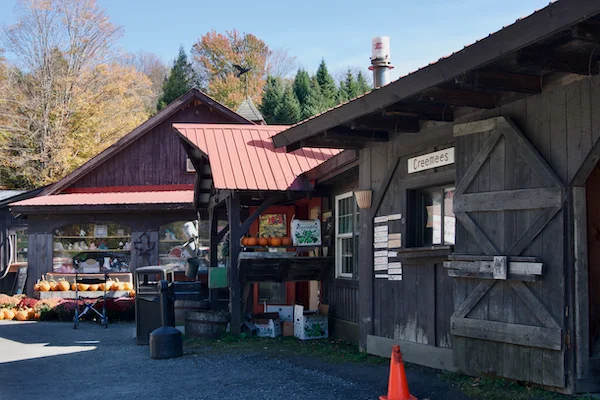

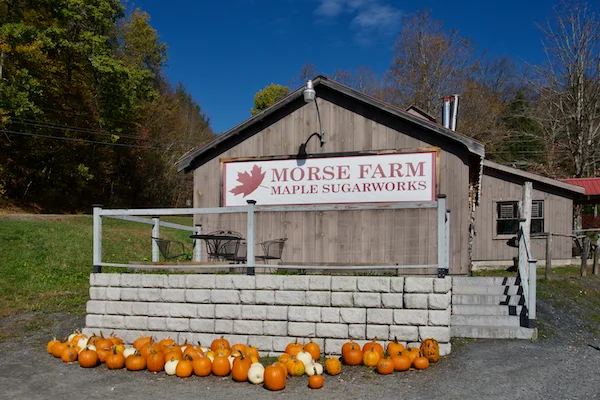
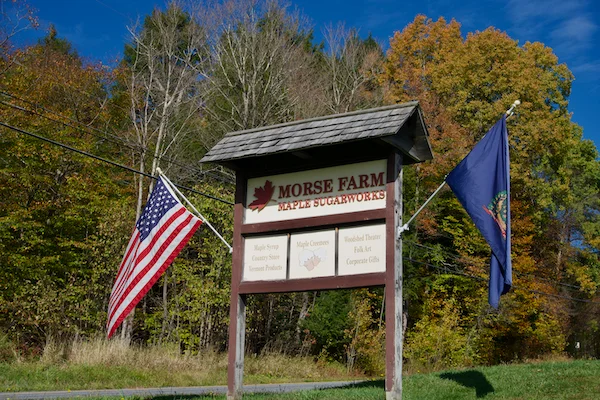
Since there weren’t many tours or activities available for adults, our visit was relatively short. We roamed around in the gift shop for a bit, where I bought a few samples with different flavored syrups. Now we just have to decide which one to try first!
The Granite Art of Hope Cemetery
- October 12, 2025
- 0.66 mi
- 18:13 min
- 63 °F
